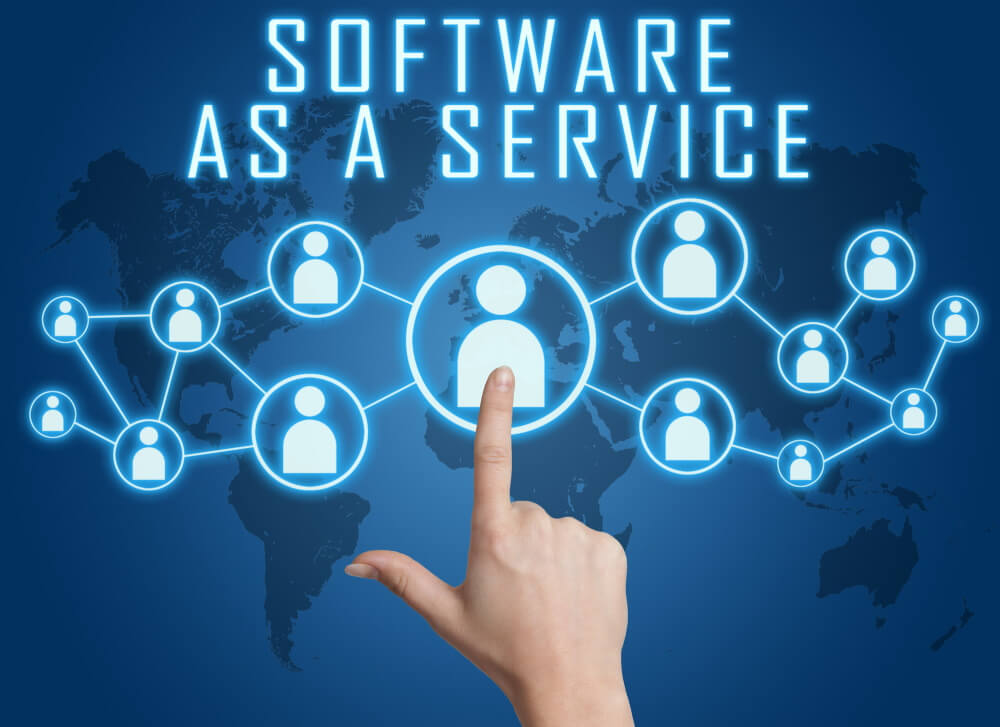
Understanding SaaS Solutions
Understanding SaaS Solutions-Software as a Service (SaaS) has revolutionized how businesses and individuals access and use software applications. Unlike traditional software models that require users to purchase, install, and maintain software on their local machines, SaaS delivers applications over the Internet, offering numerous benefits in terms of accessibility, cost, scalability, and maintenance.
Accessibility and Convenience
One of the primary advantages of SaaS is its accessibility. Users can access SaaS applications from any device with an internet connection, whether it’s a desktop computer, laptop, tablet, or smartphone. This flexibility is particularly valuable in today’s work environment, where remote work and mobile productivity are increasingly common. Employees can collaborate on projects, access critical business tools, and stay productive regardless of their physical location.
Cost-Effective Solution
SaaS operates on a subscription-based model, which typically involves paying a recurring fee, such as monthly or annually. This model is cost-effective for businesses, as it eliminates the need for substantial upfront investment in software licenses and hardware. Additionally, the subscription fee often includes updates, maintenance, and support, reducing the total cost of ownership. For small and medium-sized businesses (SMBs) with limited budgets, SaaS provides access to sophisticated software that might otherwise be unaffordable.
Scalability and Flexibility
SaaS solutions are inherently scalable. As a business grows and its needs evolve, it can easily adjust its subscription plan to accommodate more users or additional features. This scalability ensures that businesses only pay for what they need and can seamlessly expand their software capabilities without significant disruptions. SaaS providers typically offer various pricing tiers and packages, allowing businesses to find the best fit for their specific requirements.
Automatic Updates and Maintenance
With SaaS, the responsibility for software updates and maintenance falls on the service provider. This means users always have access to the latest features, security patches, and improvements without having to install updates manually. Moreover, automatic updates ensure that software consistently performs at its best and protects against vulnerabilities. For businesses, this translates to less downtime and reduced IT overhead.
Enhanced Collaboration
Many SaaS applications are designed to facilitate collaboration among users. Features like real-time document editing, shared workspaces, and integrated communication tools enable teams to work together more effectively. Whether it’s a project management tool like Asana or a communication platform like Slack, SaaS applications help streamline workflows and improve productivity by making it easy for team members to collaborate, share information, and stay connected.
Integration Capabilities
SaaS applications often offer robust integration capabilities, allowing them to work seamlessly with other software and services. This interoperability is crucial for businesses looking to create a cohesive technology ecosystem. For example, a CRM system like Salesforce can integrate with email marketing tools, accounting software, and customer support platforms, providing a unified view of customer interactions and improving overall business efficiency.
Security Considerations
Security is a critical concern for any software solution, and SaaS providers typically implement stringent security measures to protect user data. These measures can include encryption, access controls, regular security audits, and compliance with industry standards and regulations. However, businesses must also perform due diligence to ensure the SaaS provider meets their security and compliance requirements.
Understanding SaaS Solutions-Conclusion
SaaS solutions offer a compelling alternative to traditional software models, providing accessibility, cost savings, scalability, automatic updates, enhanced collaboration, and robust integration capabilities. As businesses embrace digital transformation, SaaS will play an increasingly vital role in enabling them to operate efficiently, innovate rapidly, and stay competitive in a dynamic market landscape. Above all, by leveraging the benefits of SaaS, businesses of all sizes can access powerful software tools that drive growth and success.